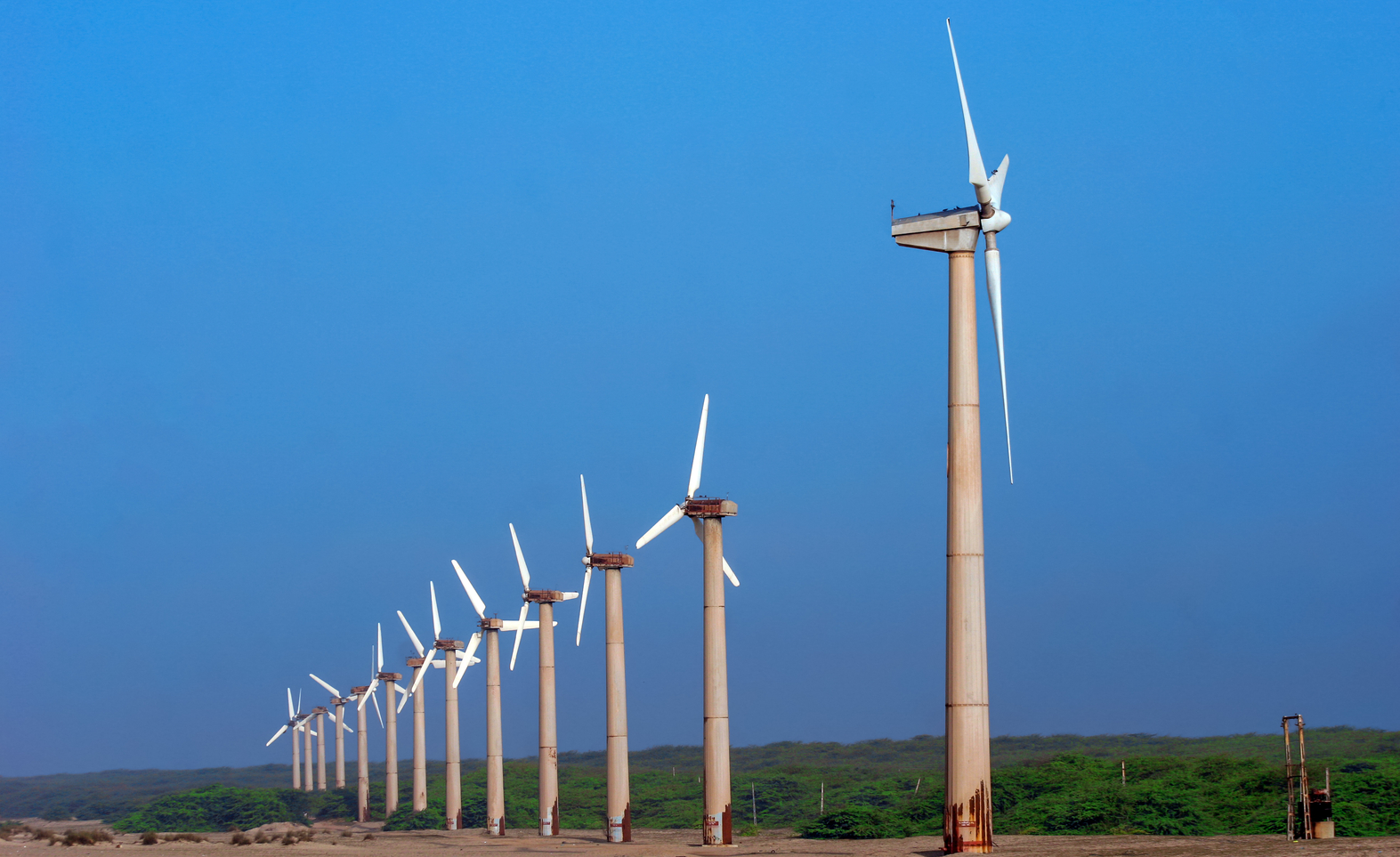
May 22, 2024
Hybrid and storage-linked projects, requiring renewable power throughout the day, will significantly contribute to this increase, with 30-50% of their capacity comprising wind power
Government policies aim to revitalise the wind energy sector, including a target to auction 50 GW of renewable projects annually, with 10 GW dedicated to standalone wind projects
Since fiscal 2023, about 5 GW of standalone wind projects have been auctioned, compared to about 3 GW in fiscal years 2021 and 2022
Average tariffs have stabilised around INR 3.2 per unit in 2023 and 2024, expected to continue in fiscal 2025, making the projects viable and profitable for developers

India is set to substantially increase its wind energy capacity, with a projected addition of nearly 25 gigawatts (GW) between fiscal years 2025 and 2028, compared to about 9 GW added between 2021 and 2024. According to Crisil Ratings, this expansion will involve capital expenditures ranging from INR 1.8 lakh crore to INR 2 lakh crore. The surge in wind power capacity is driven by the growing need for renewable energy to ensure grid stability and continuous power supply, unlike solar power, which is limited to daylight hours.
Hybrid and storage-linked projects, combining wind power with other renewable sources and incorporating energy storage systems, are expected to significantly contribute to India’s wind energy capacity expansion. These projects, with nearly 30-50% of their capacity comprising wind power, are designed to provide renewable power throughout the day, particularly during peak demand in the evening and night, thereby enhancing grid stability and reducing reliance on non-renewable energy sources.
India’s focus on wind energy had previously slowed due to a combination of factors. Annual capacity additions fell to 1.7 GW from 2018 to 2023, down from approximately 3.0 GW annually from 2014 to 2018. This decline was primarily due to a lack of high-potential wind sites and reduced returns for developers following aggressive bidding. In response, the government has implemented several policies to revitalise the sector, including a target to auction 50 GW of renewable projects annually, with 10 GW dedicated to standalone wind projects. Since fiscal 2023, about 5 GW of standalone wind projects have been auctioned, compared to about 3 GW in fiscal years 2021 and 2022. Additionally, auctions for hybrid and storage-linked projects have increased from 4 GW in fiscal years 2021 and 2022 to nearly 18 GW in fiscal years 2023 and 2024.
Average tariffs have stabilised around INR 3.2 per unit in fiscals 2023 and 2024 and are expected to continue at this level in fiscal 2025, compared to INR 2.8 per unit over fiscals 2020-2022. Given the expected project costs over the medium term, these tariffs are anticipated to be viable and profitable for developers. The projected expansion of wind power capacity underscores India’s commitment to strengthening its renewable energy infrastructure to meet growing energy demands sustainably.
Source: Economic Times